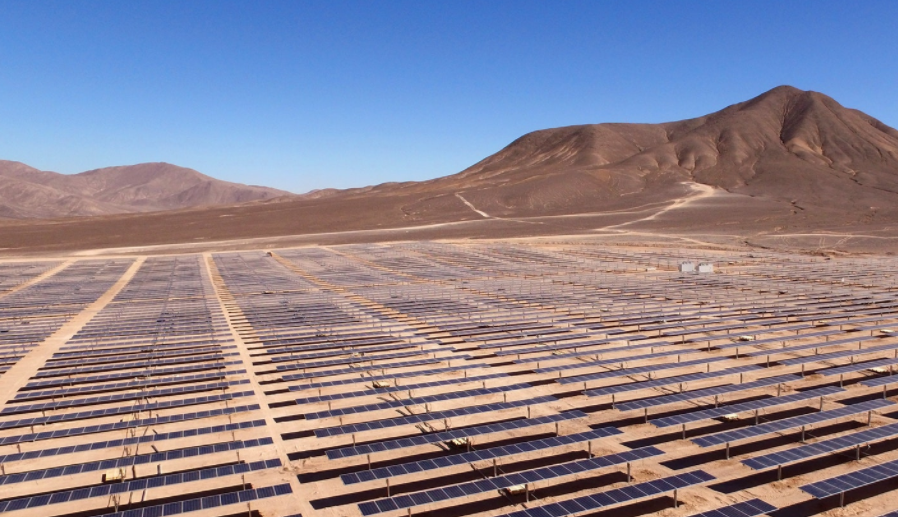On investing in investment grade countries vs non-investment grade countries

If you are an investor and you are reading this, you probably know how your portfolio guidelines are sometimes restricting you from investing in projects with a really nice risk return profile.
Intuitively, risk on investment should correspond to the risk profile of the project. However this is just one of the equations (there are more unknowns and there are more equations, so to say). Second equation is actually supply and demand – supply and of capital and demand for capital.
Most institutional investors are restricted to invest in investment grade or OECD countries. This means that actually most of the capital is available in those geos. However, most of the renewable energy infrastructure projects are needed in non-investment grade countries (and non OECD countries).
This results in very low returns in investment grade (or OECD) countries – probably even lower than the return corresponding to the risk profile of the project.
On the other hand, currently, there are more projects available in the developing countries. And often, they really need a better access to capital (debt and equity). And as a contrast to projects in the investment grade countries – there are not so many investors to go ahead and invest. This is actually very beneficial to the investors with a mandate to do business in such geos – the supply and demand results simply in returns often being higher than the corresponding risk profile.
Seems some institutional investors might want to consider adjusting portfolio guidelines. This might actually help them to significantly improve their risk-return profile of their investments. Investing in renewable energy projects in developing countries can be quite good for your portfolios.

 Login
Login